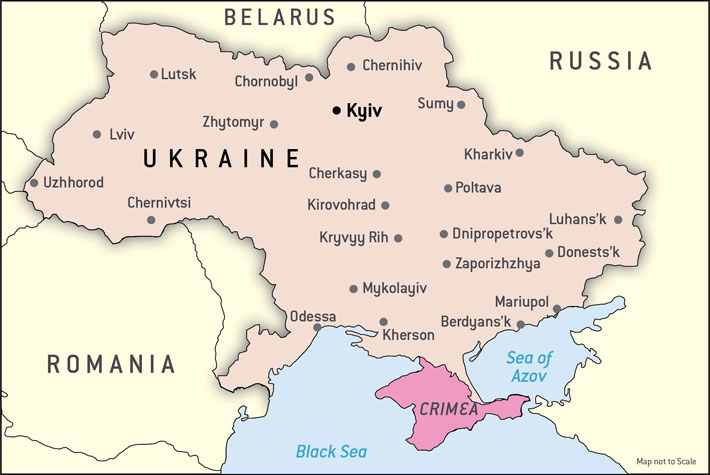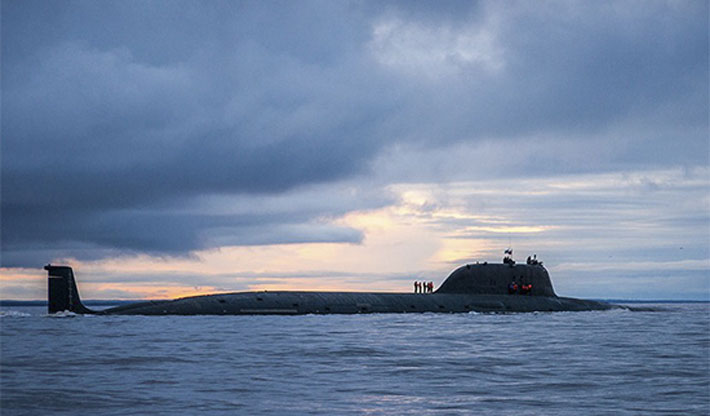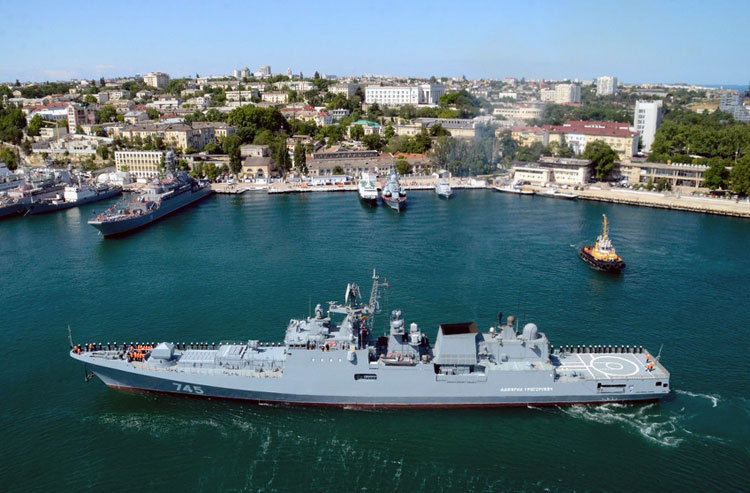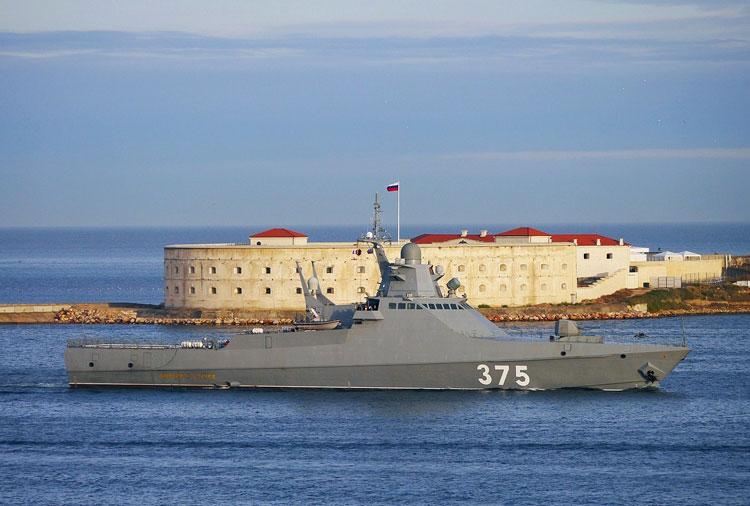INDIAN ARMED FORCES CHIEFS ON OUR RELENTLESS AND FOCUSED PUBLISHING EFFORTS

The insightful articles, inspiring narrations and analytical perspectives presented by the Editorial Team, establish an alluring connect with the reader. My compliments and best wishes to SP Guide Publications.

"Over the past 60 years, the growth of SP Guide Publications has mirrored the rising stature of Indian Navy. Its well-researched and informative magazines on Defence and Aerospace sector have served to shape an educated opinion of our military personnel, policy makers and the public alike. I wish SP's Publication team continued success, fair winds and following seas in all future endeavour!"

Since, its inception in 1964, SP Guide Publications has consistently demonstrated commitment to high-quality journalism in the aerospace and defence sectors, earning a well-deserved reputation as Asia's largest media house in this domain. I wish SP Guide Publications continued success in its pursuit of excellence.
- Operation Sindoor: Resolute yet Restrained
- India’s Operation Sindoor Sends a Clear Message to Terror and the World – ‘ZERO TOLERANCE’
- Japan and India set forth a defence cooperation consultancy framework, talks on tank and jet engines
- Terrorist Attack in Pahalgam in Kashmir: Unfolding a long surgical war against PAK
- Lt General Pratik Sharma takes over Command of Indian Army's Northern Command
The Russia-Ukraine War –
A Maritime Perspective
The warm waters of the Black Sea have been critical to Russia since the 17th century, as they have provided year-long access to ice-free waters and direct access to the Mediterranean and through that, to the Atlantic and Indian Oceans. Russia’s strategic access to the Mediterranean and beyond is of immense geopolitical significance as it makes Russia a major maritime player in the Levant, the Middle East, North Africa and southern Europe.
 |
The Author was the Flag Officer Commanding-in-Chief, Southern Naval Command when he retired on November 30, 2021. He is a Navigation and Direction specialist. He was also the Director General Naval Operations and the Chief of Personnel, Indian Navy. |

The ongoing invasion of Ukraine, while essentially a continental conflict, has an important maritime perspective that needs to be highlighted. Ukraine occupies the central part of the northern coast of the Black Sea, with the Crimean peninsula being its dominant feature. On Ukraine’s coast of the Black Sea and the Sea of Azov, are located 18 major and minor ports, which are its economic lifeline.
Current Scenerio
The Crimean peninsula, annexed by Russia in 2014, contains the vital naval base of Sevastopol, which was home to a large Soviet naval base and is today the home port of Russia’s Black Sea Fleet. This base is vital for Russia as it provides direct access to the Mediterranean and through that, to the Atlantic and Indian Oceans. Without this access, the Russian Navy would have to transit thousands of nautical miles around Europe, or through East Asia, Southeast Asia and the Indian Ocean to reach these waters. Access to the Mediterranean makes Russia a major maritime player in the Levant, the Middle East, North Africa and southern Europe. The naval base in Crimea also supports Russian forces in Syria, including its naval facility at Tartus.
The first aim of the Russian Navy, which has been achieved, was to achieve sea control in the northern portion of the Black Sea and blockade Ukraine’s coast to prevent any reinforcements of weapons, stores, supplies and personnel by sea, as also cripple its economy by stopping maritime trade completely
Access to the Mediterranean is, however, only possible through the narrow Straits of Bosporus and the Dardanelles, which are managed by Turkey under the 1936 Montreux Convention. Under this convention, Turkey can stop warships of belligerent countries from transiting through these straits in case war is declared by any one of the countries. However, under the convention, Turkey cannot stop Russian (and other nations’ warships) home-ported in the Black Sea from returning to their bases.The government of Ukraine had requested Turkey to exercise its right under this convention to prevent additional Russian warships from entering the Black Sea.

Significantly, on February 27, 2022, Turkey declared that a state of war existed between Russia and Ukraine and has subsequently warnedall countries not to send their warships to the Black Sea through these straits. The enforcement of the Montreux Convention now implies that Russian Navy units cannot enter or exit the Black Sea. This move may not have a major impact on Russia’s naval operations in the Black Sea as it had already reinforced its Black Sea Fleet before the invasion began with 16 units from other fleets in the Baltic, the North Sea and the Pacific. These units included missile armed ships and landing ships.
Russian Maritime Objectives
As far as the maritime aims of Russia’s invasion of Ukraine are concerned, they are evidently threefold. The first aim, which has been achieved, was to achieve sea control in the northern portion of the Black Sea and blockade Ukraine’s coastto prevent any reinforcements of weapons, stores, supplies and personnel by sea, as also cripple its economy by stopping maritime trade completely.
The second aim seems to have been to support the attack carried out by land forces based on the Crimean peninsula
Since Ukraine doesn’t really have a significant Navy (most of its units were lost with the loss of the Sevastopol Naval Base on the Crimean peninsula), the Russian Navy has had a ‘no contest’ at sea and has enforced complete sea control over the northern portion of the Black Sea. The Black Sea Fleet has also blockaded the Kerch Strait, which connects the Sea of Azov to the Black Sea. Significantly, no NATO navy ships are present in the Black Sea and the last unit, a French Navy ship, reportedly left the area in early January. To ensure that merchantmen are not used to smuggle in supplies, there have also been reports of the Russian Navy warning merchant ships in the Black Sea, especially near the port of Odessa and the Danube areas, to clear off beyond the Bosporus. Two merchant ships, a Panama flagged bulk carrier, the Namura Queen, and a Moldova flagged bunker tanker, Millennium Spirit, were also reportedly hit by Russian missiles and set ablaze, though no casualties have been reported in both incidents. Sea control in the northern part of the Black Sea and complete blockade of Ukraine were easily achieved within the first three days of the commencement of the invasion. It goes without saying that Russia’s sea control in the Black Sea provides it significant military and economic leverage over Kyiv.

The second aim seems to have been to support the attack carried out by land forces based on the Crimean peninsula. Black Sea Fleet ships have been utilised to attack land targets using the Kalibr missiles on board their Buyan-M corvettes, Admiral Grigorovich class frigates, Project 22160 class patrol ships and improved Kilo class submarines.The most publicised action by the Russian Navy was the attack and capture of Ukraine’s Snake Island, located 50 nautical missiles south of Odessa and very close of the Romanian coast. This action, involving shore bombardment, in which 13 Ukrainian sailors were reportedly killed (recent reports indicate that all or some of them are still alive), was undertaken by the flag ship of the Black Sea Fleet, the Slava class cruiser Moskva and a Project 22160 class patrol ship. Russian ships were also reported to be gathering off Ukraine’s largest port, Odessa, on March 02, 2022, in possible readiness for an amphibious attack.
The final maritime aim is to strengthen Russia’s strategic access to the Mediterranean and beyond. Having this access strengthens Russia’s influence in a critical geographical area and also facilitates its exports.
The third and final maritime aim is to strengthen Russia’s strategic access to the Mediterranean and beyond, which is of immense geopolitical significance. Having this access strengthens Russia’s influence in a critical geographical area and also facilitates its exports. The warm waters of the Black Sea have been critical to Russia since the 17thcentury, as they have provided year-long access to ice-free waters. Crimea, in particular, has been the target of several wars, including the Crimean War (1853-56), and the First and Second World Wars, due to its key geographical location at the centre of the Black Sea.

After the dissolution of the Soviet Union in 1991, and the creation of an independent Ukraine, while the Crimean Peninsula became an autonomous region of Ukraine, Russia retained its naval base at Sevastopol, under an annual lease payment to Ukraine. This arrangement was, however, not comfortable to Russia and after a series of pro-Russian demonstrations (ethnic Russians comprise over 65 per cent of Crimea’s population); Russia annexed the Crimean peninsula in 2014. Operations during the current war aim to consolidate Russia’s control over Crimea and neighbouring coastal areas, particularly along the Sea of Azov. Russian Marines have carried out an amphibious attack 30 miles south of the Ukrainian port of Mariupol, on the Sea of Azov, in conjunction with another pincer from the Crimean peninsula by land forces. This action is aimed at achieving aland bridge between Russia and the Crimean peninsula, and is a continuation of the attack launched in January 2015 by pro-Russian forces associated with the Donetsk People’s Republic.In conjunction with other thrusts overland from Ukraine’s eastern borders with Russia, this would virtually divide Ukraine into two and leave only a rump state. If Odessa is also captured, it would ensure Russia’s domination of the Black Sea once again after 1990, with consequent impact on other Black Sea littorals.
Lasting Impact
In comparison to the land battle, Ukraine’s weakness at sea has enabled the Russian Navy to apply a slow, but relentless squeeze on Ukraine’s economic lifeline. Weakness at sea is Ukraine’s soft underbelly, and could cost them dear in the struggle ahead. As always, the war at sea, while not easily visible, will have the most lasting impact in the long term.





